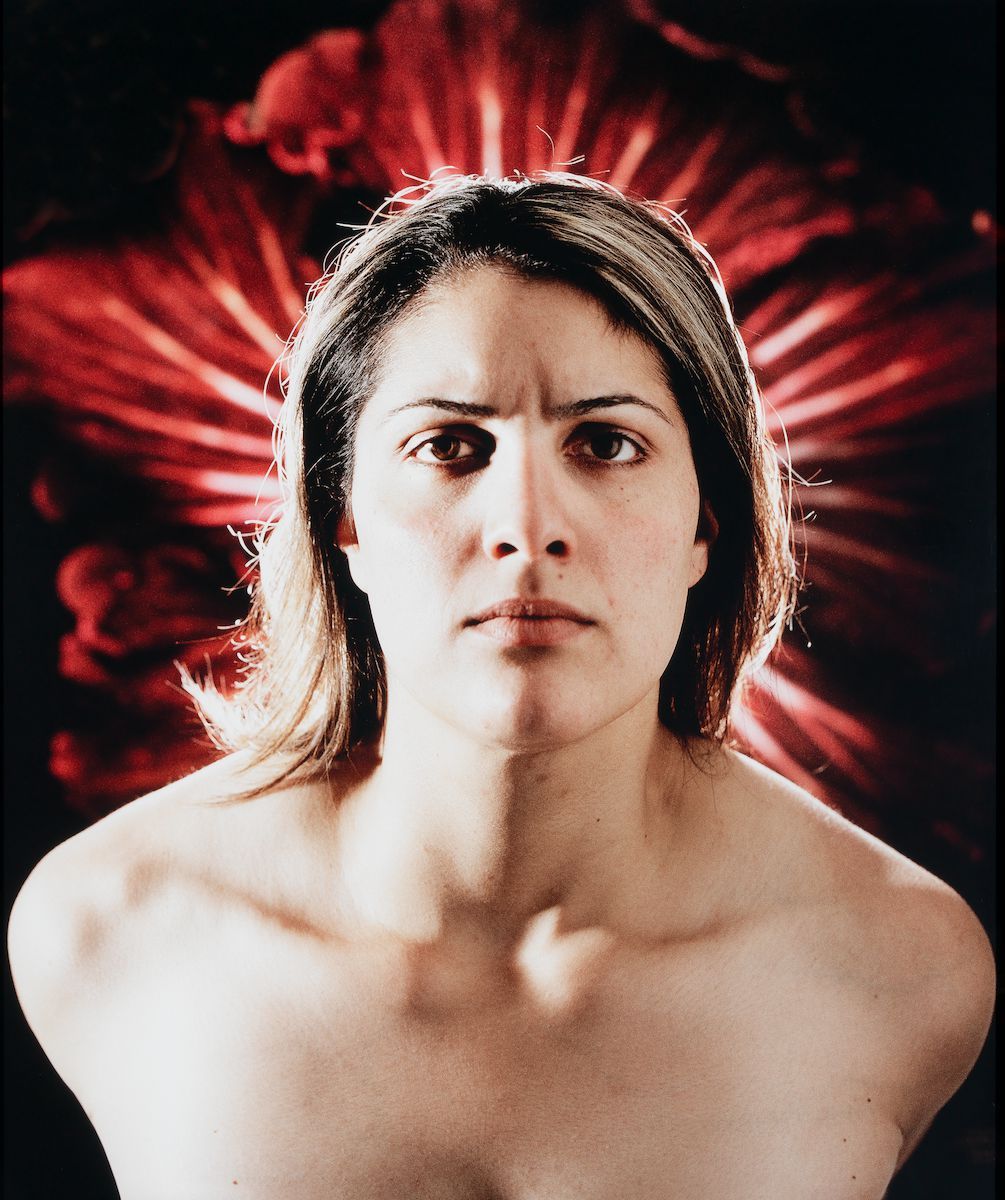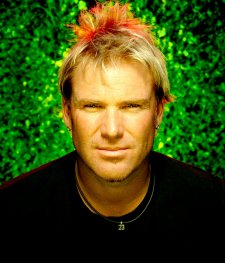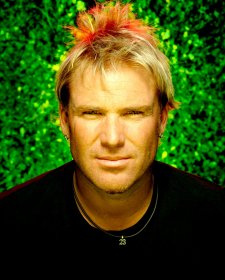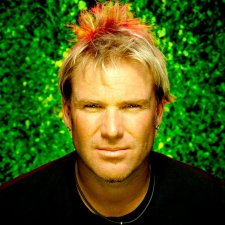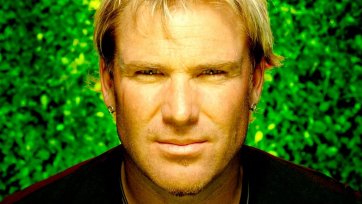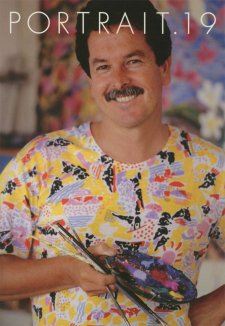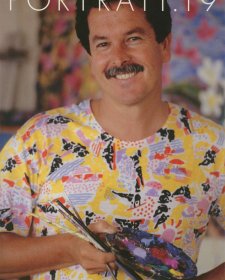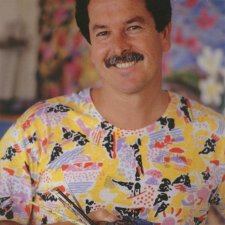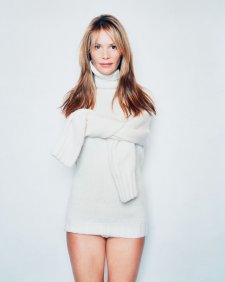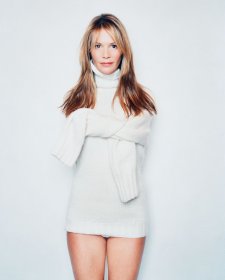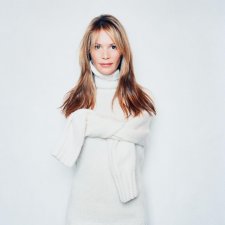As part of Festival Melbourne 2006, the Cultural Festival for the Commonwealth Games, the National Portrait Gallery has curated the photographic exhibition Flash: Australian Athletes in Focus which will be shown in Melbourne in March and April.
The Gallery is the sole national institution commissioned by the Cultural Festival. It joins a range of visual art, music, dance, and street theatre presented in Melbourne, and regional programs in Ballarat, Gellong, Moe and Bendigo, that make up this extensive cultural event. Its inclusion in the Festival provides the Gallery with the exciting opportunity of reaching new audiences in Melbourne, as well as those who have travelled nationally and internationally for the Commonwealth Games.
Flash: Australian Athletes in Focus offers various interpretations of Australian sporting men and women, it brings together the work of five Australian photographers: Sahlan Hayes, Leah King-Smith, Selina Ou, Robin Sellick and Toni Wilkinson. The photographers were commissioned for the exhibition and the Gallery has worked extensively with them over the past year. During this period the photographers have developed and honed their concepts prior to the implementation of their series. The resulting series of photographs illustrate a range of styles and techniques, with several of the artists extending from their usual practice, and provide an inquiry into aspects of our sporting stars seldom explored in mainstream sport photography.
Interestingly, the photographers in Flash do not necessarily portray their subjects' sporting prowess and achievements. Instead, all the photographers have chosen to investigate the personal dimensions of athletes. While some of the artrsts focus on the social aspects of sport and on particular groups within the broader Australian sporting community, others celebrate and acknowledge the sporting achievements of Indigenous Australians.
The photographs by Toni Wilkinson and Robin Sellick both look at prominent Australian athletes. Wilkinson focuses on Australian sporstwomen to examine iconic, mythical characters in Australian sport, in an attempt to draw a relationship between the corporeal and the spiritual. Through her portrayal of athletes including boxer Sharon Anyos, rower Sally Robbins and cricketer Cathryn Fitxpatrick, Wilkinson explores the collision between the human and the superhuman in the sportsperson, spectator and society: reflecting on Australia's national obsession with transcendence via sport and sports models. Sellick is also interested in Australia's fixation with sport. However he focuses on aspects of some of our sporting greats' personalities which set them apart as leaders. Through subjects including Shane Warne, Mark Webber and Adam Scott, he provokes enquiry into why these people are so prominent in our culture. By implication, Sellick encourages his viewer to ask if these individuals are cultural leaders because of their exceptional character or simply because of the esteem in which we hold sports people in this country.
Selina Ou contests Australia's conventional representation of sportspeople by focusing on athletes who are not usually part of the Australian psyche: elite athletes with disabilities. Ou looks at the lives of five athletes with disabilities, many of who will be competing in the 2006 Commonwealth Games. By contrasting the limitations often associated with having a disability and the physical feats that these athletes achieve, Ou's work provides an apposite reflection into the realities of these athletes' lives.
The two photographers whose work focuses on Indigenous athletes are Leah King-Smith and Sahlan Hayes. King-Smith's double layering photomedia art work continues her statement of Indigenous cultural empowerment. Her subjects range from well-known figures, like Kyle van der Kyup, to young aspiring athletes. Each of her portraits depicts the athlete as a luminous figure appearing in country of their choosing. Similarly to King-Smith, Sahlan Hayes celebrates Indigenous athletes' sporting achievements. Hayes' photographs however highlight the journey made by Aboriginal sportspeople, showing recognized and lesser-known athletes, over the past sixty years. His subjects include first the Aboriginal Commonwealth Games gold medallist, Percy Hobson (high-jump, Perth. 1962), the 1970s and 80s Socceroo Harry Williams, through to current competitors like Commonwealth Games medal hopeful Joshua Ross.
Flash: Australian Athletes in Focus challenges our preconceived notions of the Australian sportsperson. It challenges and extends our understanding of achievement and brings into question the archetypal sporting 'icon' in Australian culture. The exhibition will be presented at Sifvershot, Flinders Lane in Melbourne from 4 March to 12 April 2006.
